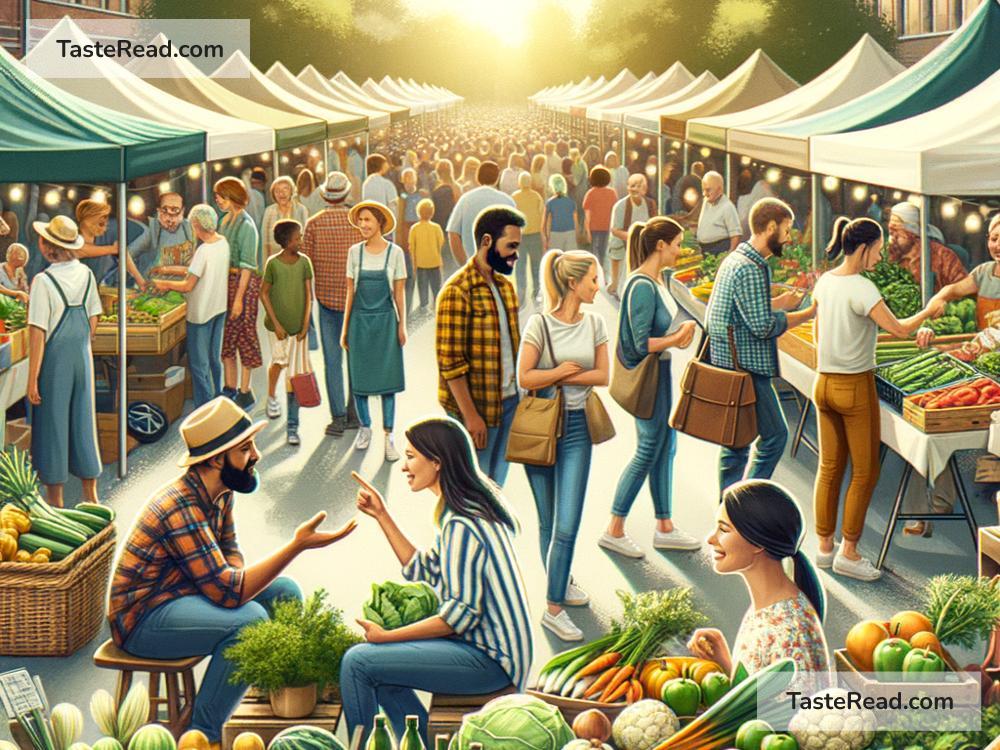Exploring the Role of Local Food Networks: A Beginner’s Guide
In our fast-paced world, we’ve grown used to grabbing our meals on the go without really thinking about where our food comes from. But there’s a growing movement that’s all about getting back to basics and connecting with our food again. This movement involves local food networks, and it is changing the way we think about what we eat. In this post, we’ll dive into what local food networks are and why they’re so important for our communities, our health, and the planet.
What are Local Food Networks?
At their core, local food networks are about bringing people closer to the source of their food. These networks are made up of farmers, consumers, and everyone in between, like markets, restaurants, and community groups, that play a role in growing, distributing, and selling food locally. It means that the food you eat could come from a farm just a few miles away instead of being shipped across the country or even from another part of the world.
Benefits for the Community
Local food networks strengthen community bonds. When you buy food grown nearby, you’re not just a customer; you’re part of a system that supports local farmers and businesses. This can help create jobs and keep money within the community, helping everyone thrive. It also encourages a sense of belonging and mutual support, as people get to know the farmers and producers who make their food.
Health Benefits
The closer food is to its source, the fresher it tends to be. Fresh food not only tastes better, but it also retains more nutrients than food that has spent days or weeks in transit. This means that by participating in local food networks, you might be giving your body better fuel. Plus, local producers often follow more sustainable farming practices, reducing the amount of harmful chemicals in your food.
Environmental Impact
Local food networks have a lower environmental footprint. Food that travels fewer miles from farm to plate produces fewer carbon emissions. This helps combat climate change. Also, local farmers are more likely to use ecological farming methods that respect the land, such as crop rotation and natural pest control. These methods promote biodiversity and healthier ecosystems.
How Can You Get Involved?
Getting involved in local food networks is easier than you might think. Here are a few steps to start:
-
Visit Your Local Farmers’ Market: This is the most direct way to meet local farmers and buy their products. It’s also a great opportunity to ask questions about how they grow their food.
-
Join a Community-Supported Agriculture (CSA) Program: With a CSA, you can subscribe to receive a regular share of a farm’s produce. It’s like becoming a member of a farm and getting a box of fresh fruits and vegetables every week.
-
Support Local Restaurants: Many restaurants are proud to source their ingredients locally. By dining at these places, you’re supporting a local food network.
-
Grow Your Own: Start small with a few herbs on a windowsill or go big with a backyard vegetable garden. Growing your own food gives you the ultimate connection to what you eat.
-
Educate Yourself and Others: Learn more about the benefits of local food networks and share what you learn with friends and family. The more people know, the stronger these networks become.
Looking Ahead
Local food networks are not just a trend; they’re a return to a more sustainable and healthy way of living. By supporting these networks, we can enjoy fresher food, strengthen our communities, and take better care of our planet. It’s about making thoughtful choices that connect us more deeply to the natural world and to each other.
In an era where everything feels increasingly global and impersonal, local food networks remind us of the value of homegrown and the power of community. They show us that sometimes, the best way forward is to take a step back to simpler, more sustainable practices. So, next time you’re planning a meal or shopping for groceries, think local. It’s a small change that can make a big difference.


